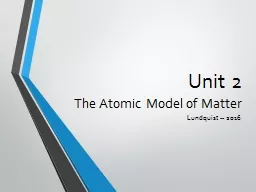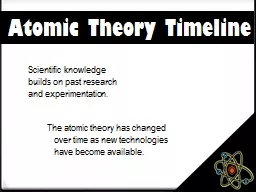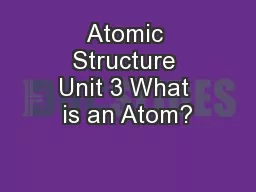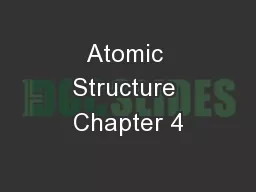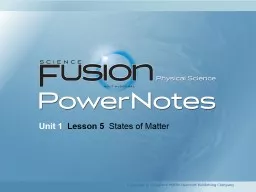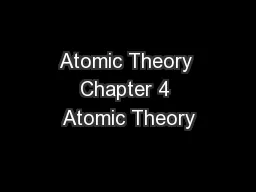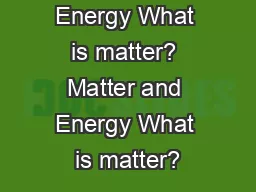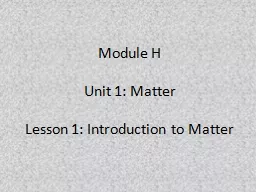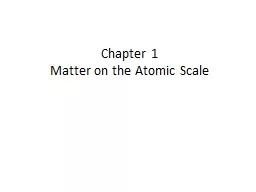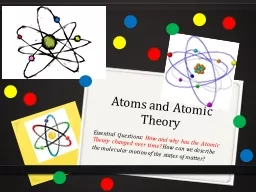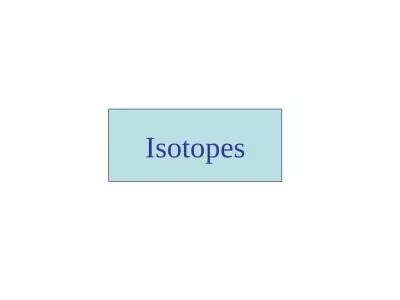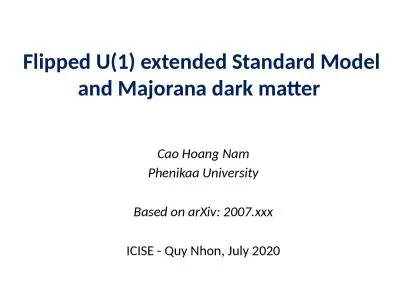PPT-Unit 2 The Atomic Model of Matter
Author : grewhypo | Published Date : 2020-06-23
Lundquist 2016 Properties of Matter Unit 21 Describing Matter Extensive Dependent on amount Mass Volume Weight color Intensive Amount does not matter Boiling point
Presentation Embed Code
Download Presentation
Download Presentation The PPT/PDF document "Unit 2 The Atomic Model of Matter" is the property of its rightful owner. Permission is granted to download and print the materials on this website for personal, non-commercial use only, and to display it on your personal computer provided you do not modify the materials and that you retain all copyright notices contained in the materials. By downloading content from our website, you accept the terms of this agreement.
Unit 2 The Atomic Model of Matter: Transcript
Download Rules Of Document
"Unit 2 The Atomic Model of Matter"The content belongs to its owner. You may download and print it for personal use, without modification, and keep all copyright notices. By downloading, you agree to these terms.
Related Documents

